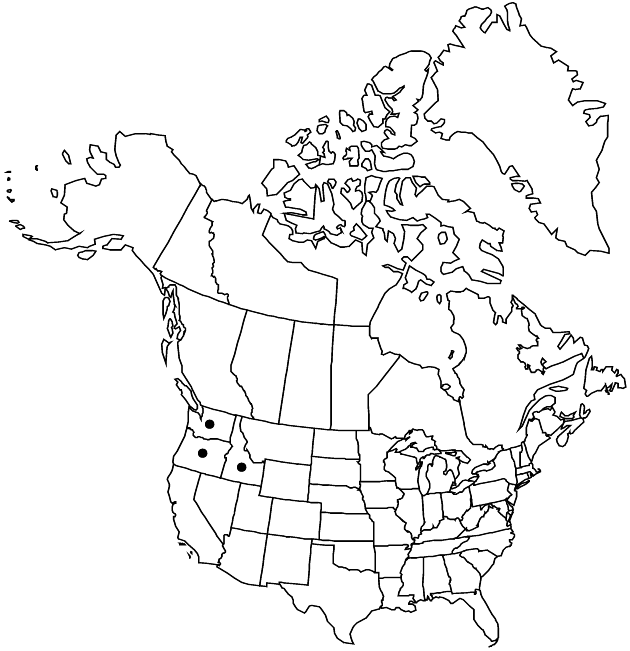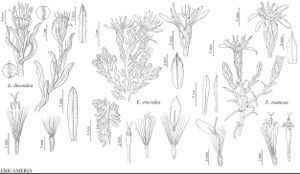Difference between revisions of "Ericameria resinosa"
Trans. Amer. Philos. Soc., n. s. 7: 319. 1840.
FNA>Volume Importer |
FNA>Volume Importer |
||
| Line 12: | Line 12: | ||
|name=Haplopappus resinosus | |name=Haplopappus resinosus | ||
|authority=(Nuttall) A. Gray | |authority=(Nuttall) A. Gray | ||
| + | |rank=species | ||
}} | }} | ||
|hierarchy=Asteraceae;Asteraceae tribe Astereae;Ericameria;Ericameria resinosa | |hierarchy=Asteraceae;Asteraceae tribe Astereae;Ericameria;Ericameria resinosa | ||
| Line 35: | Line 36: | ||
-->{{#Taxon: | -->{{#Taxon: | ||
name=Ericameria resinosa | name=Ericameria resinosa | ||
| − | |||
|authority=Nuttall | |authority=Nuttall | ||
|rank=species | |rank=species | ||
| Line 50: | Line 50: | ||
|publication year=1840 | |publication year=1840 | ||
|special status= | |special status= | ||
| − | |source xml=https://jpend@bitbucket.org/aafc-mbb/fna-data-curation.git/src/ | + | |source xml=https://jpend@bitbucket.org/aafc-mbb/fna-data-curation.git/src/eaa6e58056e40c9ef614d8f47aea294977a1a5e9/coarse_grained_fna_xml/V19-20-21/V20_144.xml |
|tribe=Asteraceae tribe Astereae | |tribe=Asteraceae tribe Astereae | ||
|genus=Ericameria | |genus=Ericameria | ||
Revision as of 19:26, 16 December 2019
Plants 30–50 cm. Stems erect to spreading, green when young, fastigiately branched, glabrous or sparsely hairy, resinous. Leaves mostly ascending to spreading, often recurved distally; blades filiform to narrowly oblanceolate (adaxially sulcate), 10–25 × 0.5–1.5 mm, midnerves obscure, apices apiculate, faces glabrous, resinous (axillary fascicles usually present). Heads in loose, cymiform arrays (1–4 cm wide). Peduncles 1–10 mm (bracts 0–15+). Involucres obconic, 5.5–8 × 3–5 mm. Phyllaries 22–34 in 4–5 series, green to tan, lanceolate to oblong, 1–6 × 0.5–1.5 mm, strongly unequal (sometimes outer subequal), mostly chartaceous, outer herbaceous or apically so (mid bodies often apically obtuse to notched, with subulate appendages), midnerves evident, (margins narrowly membranous, entire or serrulate, often ciliolate) apices acute to attenuate (outer often squarrose), abaxial faces glabrous, resinous. Ray florets 3–7; laminae (white) 5.5–7 × 1.5–2 mm. Disc florets 10–15; corollas (white) 6–8 mm. Cypselae tan to brown, narrowly turbinate, 4.5–5 mm, moderately to densely sericeous; pappi off-white to brown, 5.8–7.2 mm. 2n = 18.
Phenology: Flowering late summer–fall.
Habitat: Rocky plains, steep hillsides, and cliff faces, often on basalt
Elevation: 100–1000 m
Distribution

Idaho, Oreg., Wash.
Discussion
Selected References
None.
